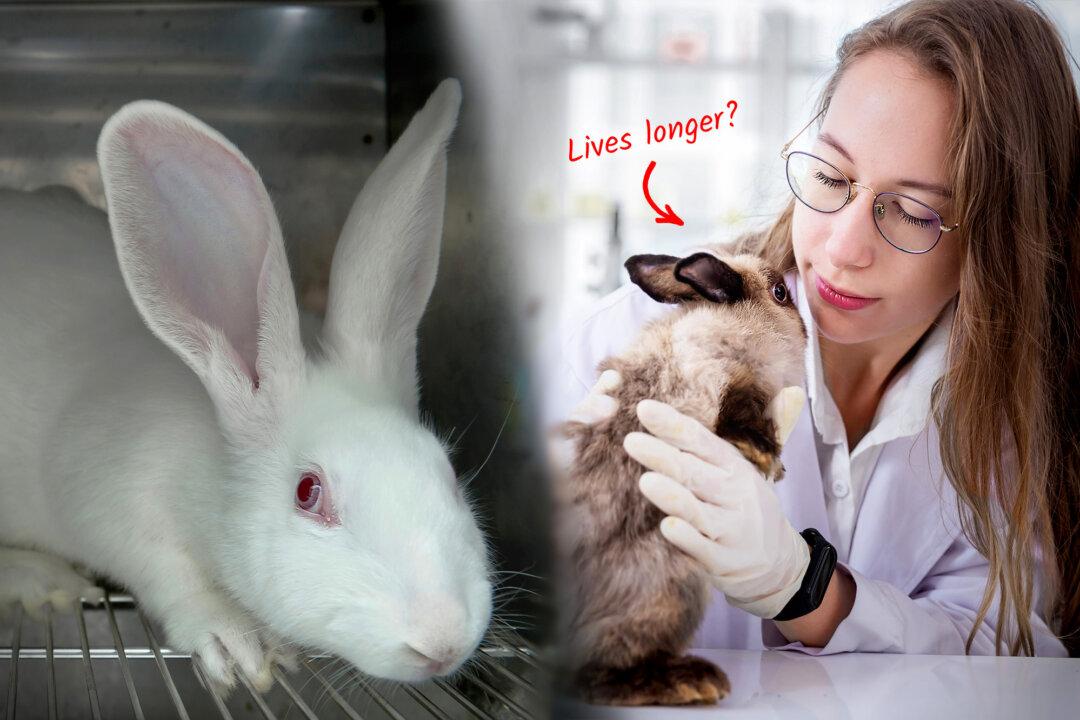You may live longer if others are kind to you. Others may live longer if you show them kindness in turn. If both sides are kind, we may all live longer. It seems we are past the days when this was a mere philosophical idiom, as now the science is in, telling us: kindness matters.
Proving the very unscientific-sounding saying, “Do unto others as you would have them do unto you,” was probably not the initial purpose of the researchers’ who reached the above conclusions in a study; the various tests involved heart health, addiction, and the longevity of our DNA. But the truth about the power of kindness somehow managed to shine through anyway, and some chose not to ignore it. They then put their findings to the test in a more deliberate way.






